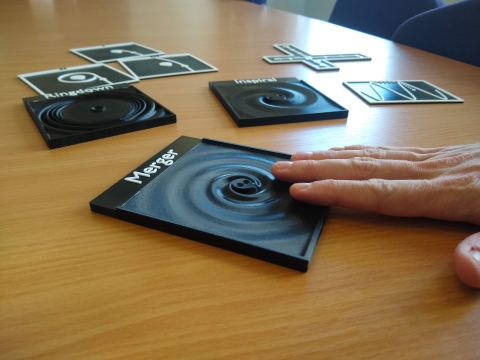

The Tactile Universe engages the visually impaired community with astrophysics research
9 October 2023
6 min read
An award-winning space project has won further funding to make gravitational wave research accessible to visually impaired teenagers.
The Tactile Universe engages the visually impaired community with astrophysics research by unlocking the secrets of distant galaxies through touch using 3D printed tactile images of galaxies.
Now the team behind the project has received a legacy award to not only support its long-term impact and legacy, but to also develop additional resources to communicate the detection of and science behind gravitational waves.
Dr Nic Bonne, a blind astronomer in the University of Portsmouth’s Institute of Cosmology and Gravitation, is one of the brilliant minds behind the original idea.
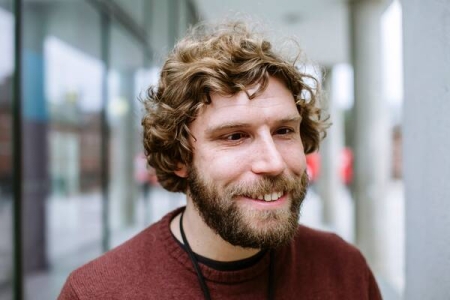
This additional funding, which allows us to embark on a new phase of the project, is really exciting and I’m looking forward to working with gravitational wave experts across the country to deliver resources for GCSE and A Level pupils.
Dr Nic Bonne, Public Engagement and Outreach Fellow
He said: “I’m really proud of the Tactile Universe project, which gives the visually impaired community the opportunity to delve into the cosmos without barriers. The purpose has always been to inspire people to think differently about how we access astronomy, and to show blind and vision impaired people they can pursue an interest or even a career in the subject if they want to.
“This additional funding, which allows us to embark on a new phase of the project, is really exciting and I’m looking forward to working with gravitational wave experts across the country to deliver resources for GCSE and A Level pupils.”
Dr Bonne is working in partnership with the universities of Glasgow, Cardiff and Birmingham this month to deliver workshops which will train researchers to deliver the new gravitational wave resources.
He said: “We’ll be working with gravitational wave research groups to introduce them to the resources we’ve developed, how to use them to engage with blind and vision impaired students in years nine and above, and we’ll also cover best practice on how to engage with these students.
“We'll then leave full resource kits containing all of our new tactile resources with each of these groups so that they can start delivery to students local to them. As we’ve done in the past, all of our resources will also be made available on our website for anybody to download, 3D print and use for free.”
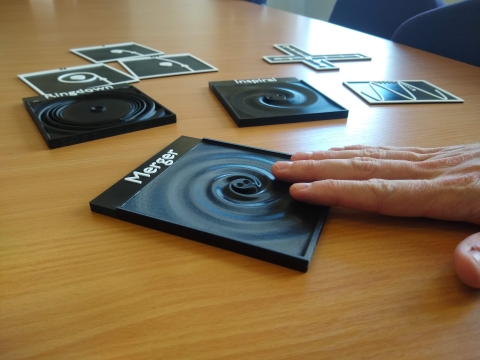
A 3D printed tactile surface showing a model of two black holes spiralling towards one another just before collision with gravitational waves radiating out from them.
Dr Bonne and project technical lead Dr Coleman Krawczyk have worked closely with gravitational wave expert Dr Laura Nuttall as well as PhD students Simone Mozzon and Connor Weaving from the University of Portsmouth, and Dr Chris North, Head of Public Engagement for the School of Physics and Astronomy at the University of Cardiff, to develop the resources and workshops, which have been tested with a small number of vision impaired students at local schools and a group of sighted students at Portsmouth Academy.
The Legacy Award is funded by the Science and Technology Facilities Council (STFC). Project partners include The Ogden Trust, the South East Physics Network, the Royal National Institute of Blind People (RNIB) and the Royal Astronomical Society.
You might also like...
Portsmouth cosmologists win public engagement awards
27 September 2023
3 minutes
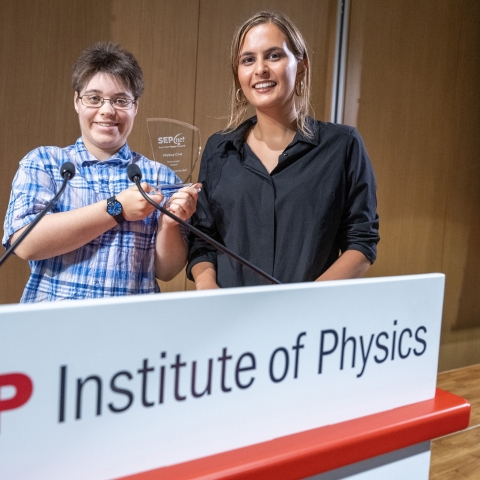
Astrophysicist joins astronaut Tim Peake on an incredible journey through our Universe
18 September 2023
2 minutes
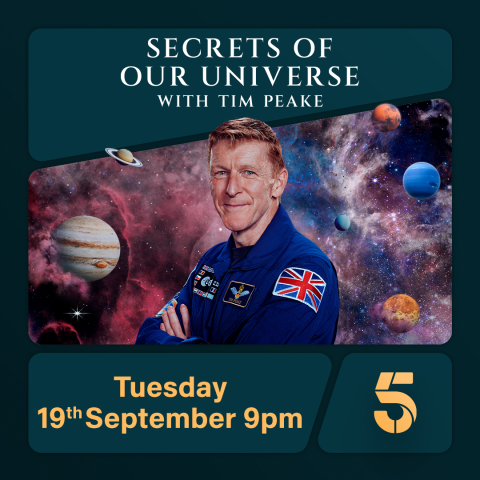
Space project to tackle air pollution and weather forecasting
The UK’s largest regional space cluster, Space South Central, has won funding from the UK Space Agency’s International Bilateral Fund (IBF) to develop a new Earth observation mission to help Singapore manage climate change.
8 August 2023
6 min read

